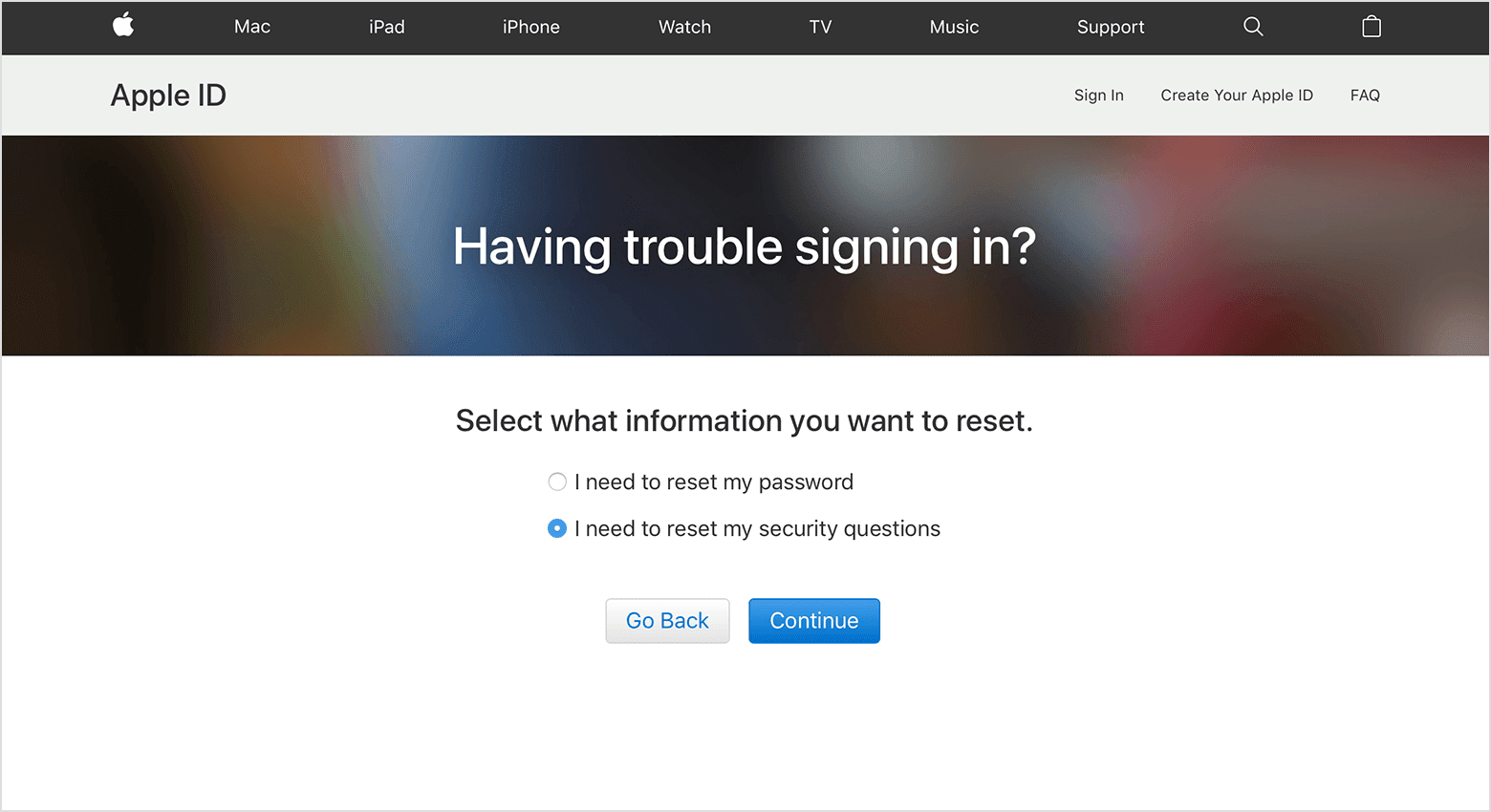
- #Tatsu declined to authorize this image on this device for this user mac install
- #Tatsu declined to authorize this image on this device for this user mac update
- #Tatsu declined to authorize this image on this device for this user mac verification
#Tatsu declined to authorize this image on this device for this user mac install
The requirement of SHSH Blobs in order to install to unsigned iOS versions can be bypassed using a replay attack, by saving blobs while an iOS firmware is still signed and later using them when installing the firmware. IOS versions, unless 1) you have SHSH2 blobs and exploits have been released or 2) you exploit the chain process. This is a chain process, before the firmware has been installed iBoot has to verify iBoot, iBoot has to verify the bootloader, and so on.
#Tatsu declined to authorize this image on this device for this user mac update
iTunes will not update or restore a device when it suspects the file has been modified. ITunes will communicate with iBoot throughout the process of an update or restore ensuring the firmware has not been modified to a Custom Firmware ("CFW"). If the version is not being signed, then iBEC and iBoot will decline the image, giving an error of "error 3194" or "declined to authorize the image" The TATSU server will give back a list of versions being signed. At the first "Verifying iPhone software" iTunes communicates with "gs." to verify that the IPSW file provided is still being signed. When iTunes restores or updates an iOS firmware, Apple has added many checkpoints before the iOS version is installed and on-device consolidation begins.
#Tatsu declined to authorize this image on this device for this user mac verification
TATSU Code Signing for iTunes verification This protocol is part of iPhone 3GS and later devices. When Apple wishes to restrict users' ability to restore their devices to a particular iOS version, Apple can refuse to generate this hash during the restore attempt, and the restore will not be successful (or at least will require bypassing the intended function of the system). SHSH blobs are created by a hashing formula that has multiple keys, including the device type, the iOS version being signed, and the device's ECID.

Apple's public name for this process is System Software Authorization (formerly called System Software Personalization before iOS 7). They are part of Apple's protocol designed to ensure that trusted software is installed on the device, generally only allowing the newest iOS version to be installable. A SHSH blob (based on the acronyms for signed hash and binary large object also called ECID SHSH, referring to the device's ECID, a unique identification number embedded in its hardware ) is an unofficial term referring to the digital signatures that Apple generates and uses to personalize IPSW firmware files for each iOS device.


 0 kommentar(er)
0 kommentar(er)
